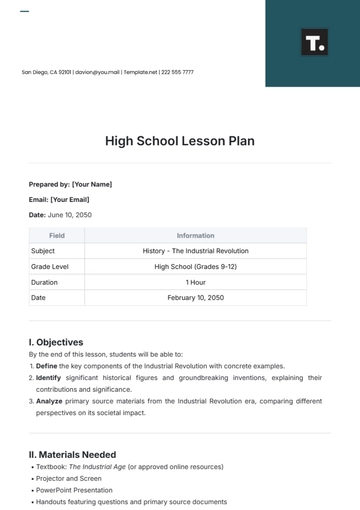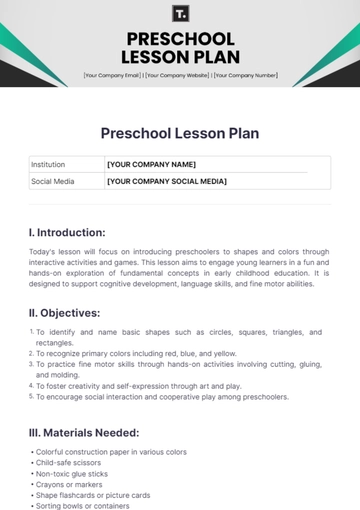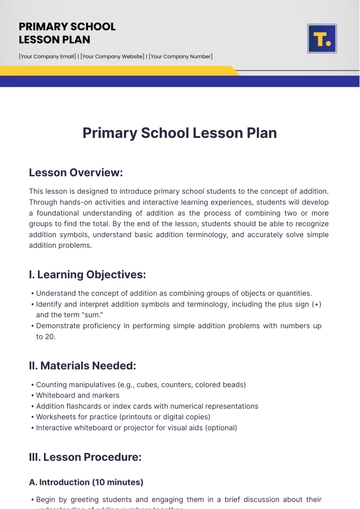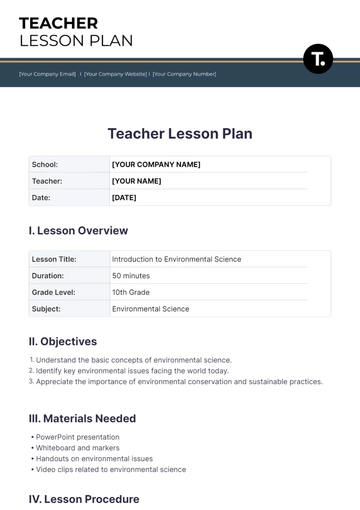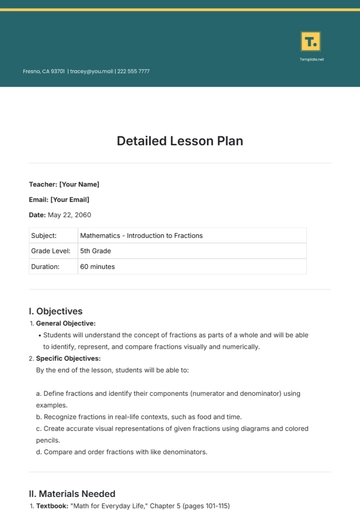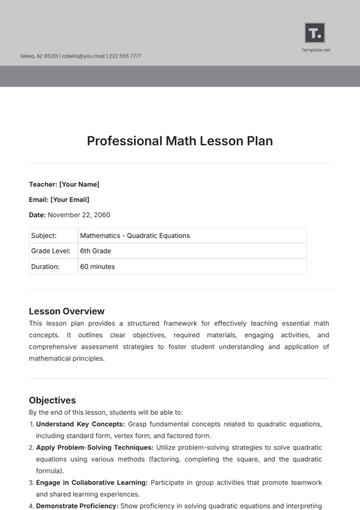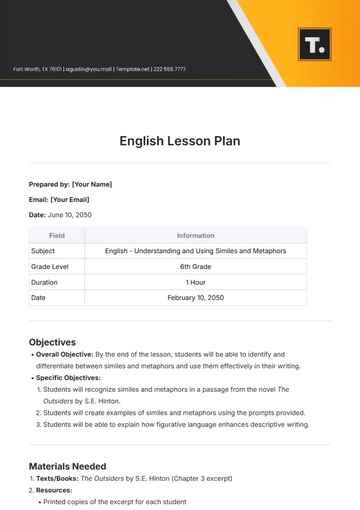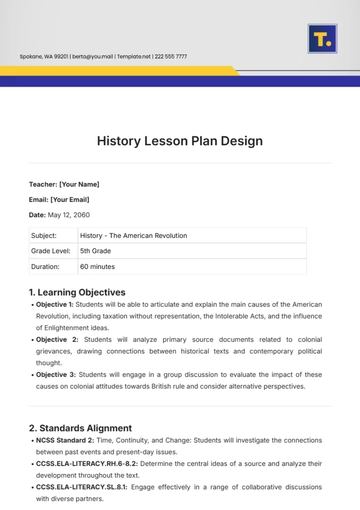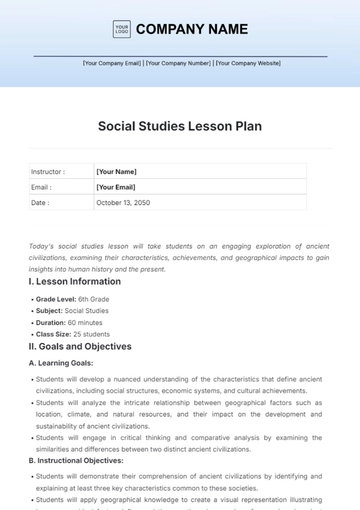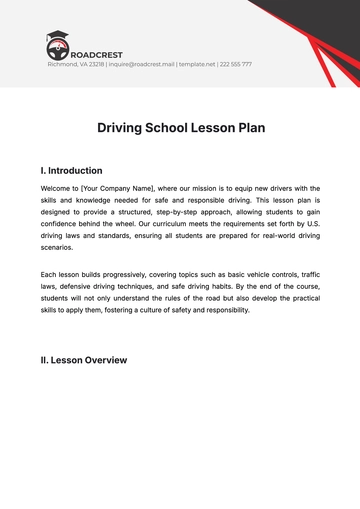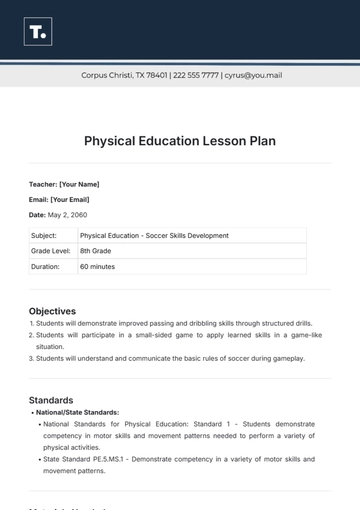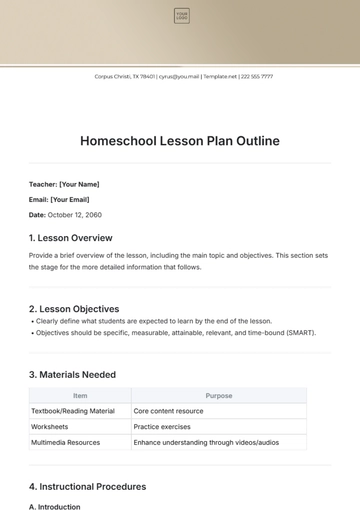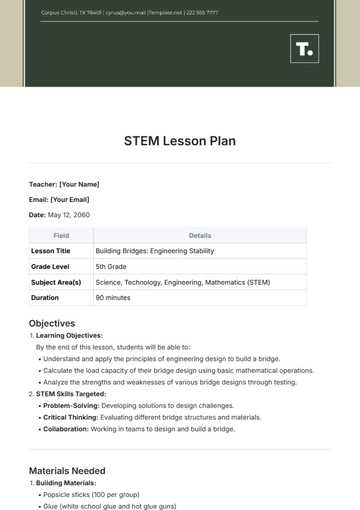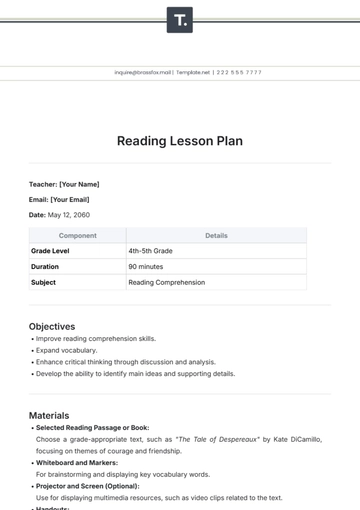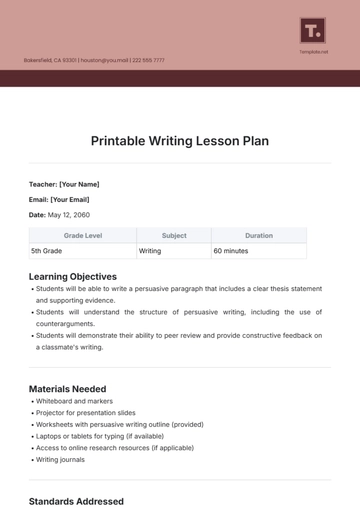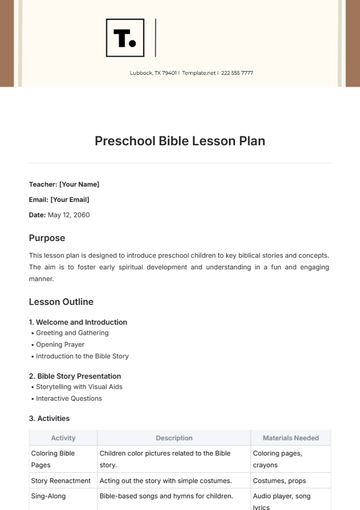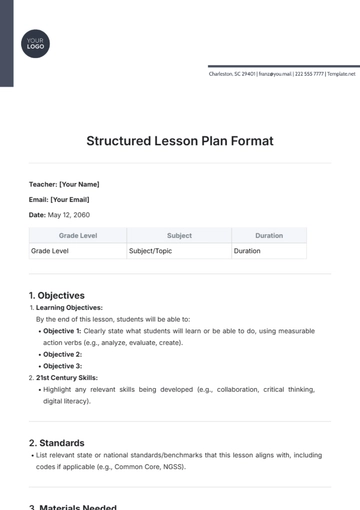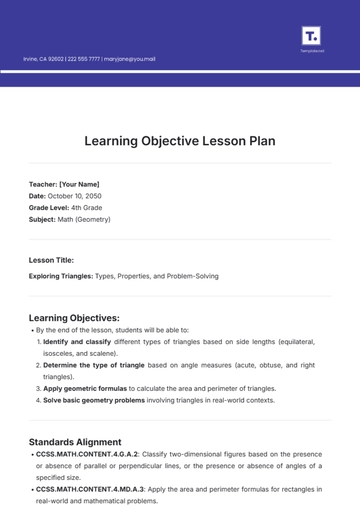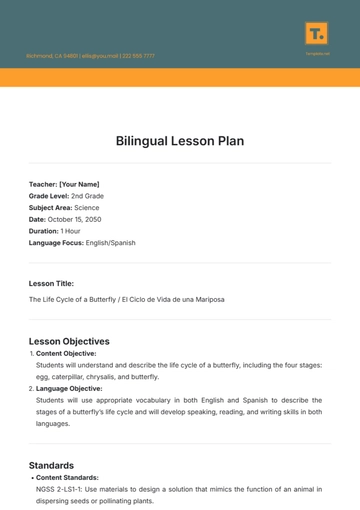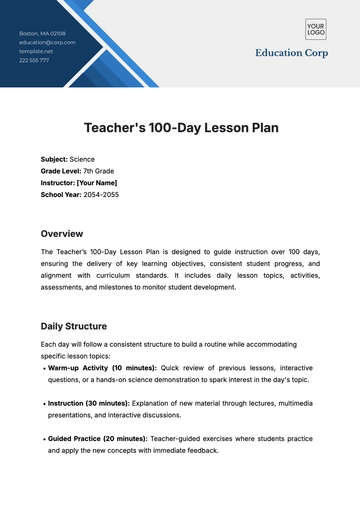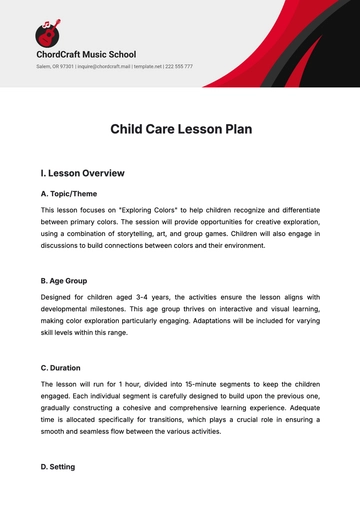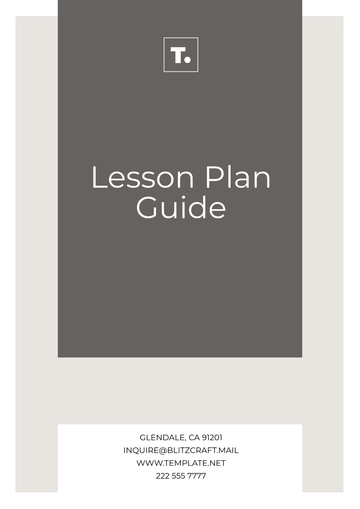Free Animal Lesson Plan

I. Introduction
Welcome to the Animal Explorers lesson plan, designed to engage students in an exciting journey through the fascinating world of animals. In this series of lessons, students will delve into biology, zoology, ecology, and other scientific concepts related to animals. By actively participating in various activities and discussions, students will develop a deeper understanding of the diversity of animal life and the interconnectedness between animals and their environments.
II. Lesson Objectives
To introduce students to the classification of animals and the diversity of species within the animal kingdom.
To explore the biological characteristics and adaptations of different animal species.
To understand the interrelationships between animals and their environments.
To foster appreciation for the importance of animal conservation and habitat preservation.
III. Lesson 1: Introduction to Animal Kingdom
Objective:
Introduce students to the classification of animals and the diversity of species within the animal kingdom.
Activities:
Animal Classification Game: Students will participate in a fun and interactive game where they categorize different animal images into groups based on their characteristics, such as vertebrates vs. invertebrates, mammals vs. reptiles, etc.
Animal Kingdom Poster: In groups, students will research and create a visually appealing poster showcasing the major animal phyla and notable examples within each group. This activity will encourage collaboration and creativity.
Research Assignment: Each student will choose an animal species to research and present to the class. They will provide information on its classification, habitat, diet, and unique adaptations, promoting independent learning and presentation skills.
IV. Lesson 2: Animal Anatomy and Adaptations
Objective:
Explore the anatomy and adaptations of animals for survival in their respective habitats.
Activities:
Anatomy Lab: Students will engage in a hands-on anatomy lab where they will dissect preserved specimens or use virtual dissection software to examine the anatomical features of various animals. This activity will enhance their understanding of animal physiology and morphology.
Adaptation Scavenger Hunt: In pairs, students will go on a scavenger hunt around the school or local area to identify and document different adaptations of animals in their environment, such as camouflage, mimicry, or specialized appendages. This activity will promote observation skills and critical thinking.
Creature Feature Presentation: Each student will prepare a multimedia presentation on a specific animal adaptation, showcasing its significance for survival. Students will incorporate visuals, videos, and research findings into their presentations, fostering communication and digital literacy skills.
V. Lesson 3: Ecosystem Interactions
Objective:
Understand the roles of animals within ecosystems and the interconnectedness of species.
Activities:
Food Web Simulation: Students will participate in a hands-on simulation activity to construct a food web, demonstrating the flow of energy between different organisms in an ecosystem. This activity will illustrate the complex relationships between predators, prey, and producers.
Habitat Investigation: Guided by a worksheet, students will explore a local habitat (e.g., pond, forest, grassland) to observe and document the interactions between animals and their environment. They will collect data on animal behavior, habitat preferences, and environmental factors, promoting fieldwork skills and ecological awareness.
Case Study Analysis: Students will analyze a real-life case study of a disrupted ecosystem due to human activities (e.g., deforestation, pollution, invasive species) and propose solutions for restoring balance. This activity will encourage critical thinking and problem-solving skills while emphasizing the importance of conservation efforts.
VI. Lesson 4: Conservation and Stewardship
Objective:
Promote awareness of the importance of animal conservation and responsible stewardship of natural resources.
Activities:
Guest Speaker Presentation: Invite a local conservationist or wildlife biologist to speak to the class about their work in animal conservation. Students will have the opportunity to ask questions and engage in discussions about conservation issues and strategies.
Debate: Divide the class into groups and assign each group a controversial topic related to animal conservation (e.g., captive breeding, trophy hunting). Students will research their assigned topic, formulate arguments, and participate in a structured debate. This activity will enhance critical thinking, communication, and persuasive skills.
Action Plan: In groups, students will brainstorm and develop an action plan for a conservation project in their community. They will identify specific goals, strategies, and resources needed to address environmental challenges and promote wildlife conservation. This activity will empower students to take action and make a positive impact on their local environment.
VII. Conclusion
Congratulations on completing the Animal Explorers lesson plan! By actively participating in these engaging activities, you have gained a deeper understanding of the incredible diversity of animal life and the importance of protecting our planet's precious ecosystems. Remember to continue exploring, learning, and advocating for the welfare of animals in your community and beyond.
For further inquiries or assistance, please contact [YOUR COMPANY NAME] at [YOUR COMPANY EMAIL] or visit our website at [YOUR COMPANY WEBSITE]. Follow us on social media [YOUR COMPANY SOCIAL MEDIA] for updates and educational resources.
[YOUR COMPANY NAME]
[YOUR COMPANY ADDRESS]
[YOUR COMPANY NUMBER]
- 100% Customizable, free editor
- Access 1 Million+ Templates, photo’s & graphics
- Download or share as a template
- Click and replace photos, graphics, text, backgrounds
- Resize, crop, AI write & more
- Access advanced editor
Enhance your teaching with the Animal Lesson Plan Template from Template.net. This fully customizable and editable template simplifies lesson planning, making your classes engaging and effective. Utilize our AI Editor Tool for effortless modifications to suit your needs. Ideal for educators seeking a professional and efficient approach to organizing their animal-themed lessons.
